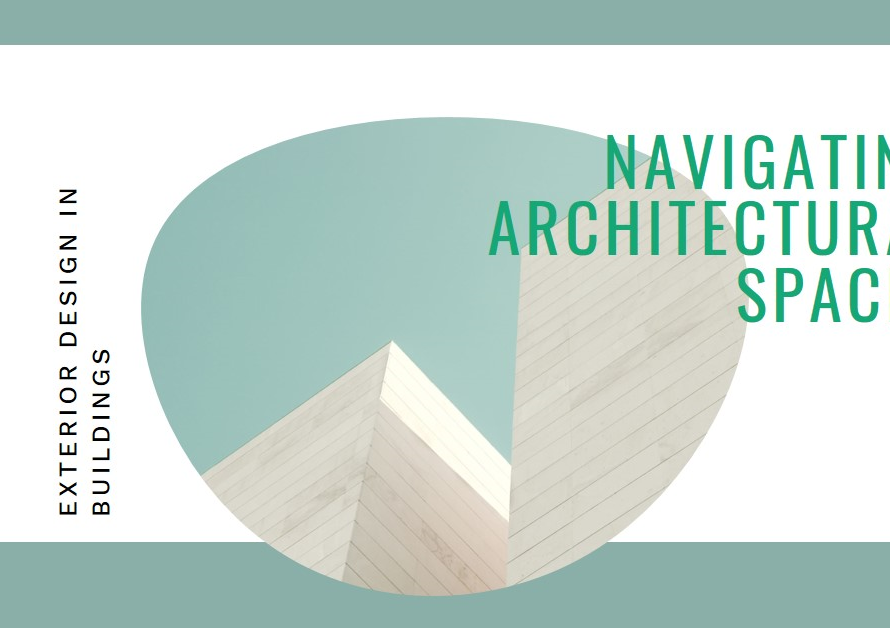
Table of Contents
Introduction: Importance of Child-Friendly Educational Spaces
Creating child-friendly educational spaces is crucial for the holistic development of young learners. By providing an environment that is safe, stimulating, and conducive to learning, we can encourage children to explore, experiment, and grow. Research shows that well-designed educational spaces can positively impact cognitive development, social skills, and emotional well-being in children. From flexible furniture arrangements to age-appropriate learning resources, every detail matters in creating an environment that supports the unique needs of young minds.
Additionally, child-friendly educational spaces play a vital role in fostering a love for learning. When children feel comfortable and engaged in their surroundings, they are more likely to be motivated and curious about the world around them. Furthermore, these environments can promote inclusivity and diversity by accommodating various learning styles and abilities. Ultimately, investing in child-friendly educational spaces not only benefits individual students but also contributes to building a brighter future for society as a whole.
Safety Measures: Implementing Safe Design Elements
When it comes to creating safe educational spaces for children, implementing safe design elements is paramount. One crucial aspect of this is ensuring that all furniture and equipment are child-sized and age-appropriate. This not only promotes independence but also minimizes the risk of accidents or injuries. Additionally, incorporating rounded edges and soft materials in the design can mitigate potential hazards, providing a safer environment for children to learn and play in.
Another essential safety measure to consider is the use of non-toxic materials in the construction of educational spaces. Opting for low-VOC paints, lead-free furniture, and natural flooring materials like cork or bamboo can significantly reduce harmful emissions and allergens within the space. This approach not only fosters a healthier environment but also contributes to the overall well-being of children who spend extended periods in these educational settings. By prioritizing safe design elements, educators and designers alike can create spaces where safety and learning coexist harmoniously.
Age-Appropriate Features: Tailoring Spaces to Children’s Needs
When designing educational spaces for children, it’s crucial to consider age-appropriate features to tailor these environments to their specific needs. For younger children, incorporating soft play areas, bright colors, and interactive elements can stimulate their senses and encourage exploration. As they grow older, creating flexible workspaces and incorporating technology can facilitate a more interactive learning experience while promoting independence and critical thinking skills.
Furthermore, considering children’s physical development is essential in the design process. Adjustable furniture, safety measures such as rounded edges and non-slip flooring, as well as accessible storage options can contribute to a safe and comfortable learning environment. By accommodating different age groups’ needs through thoughtful design choices, educators can create spaces that support holistic development and foster a love for learning in children of all ages.
Interactive Learning: Incorporating Engaging and Stimulating Environments
Interactive learning is a dynamic approach to education that allows children to actively participate in the learning process. By incorporating engaging and stimulating environments, educators can create an atmosphere that encourages curiosity, exploration, and collaboration. This can range from hands-on activities and interactive displays to immersive technology and flexible furniture arrangements. By providing a variety of sensory experiences, children are more likely to stay engaged and motivated to learn.
Incorporating engaging environments also fosters a sense of excitement and wonder, making the learning experience more enjoyable and memorable for young learners. Creating spaces that are visually appealing, colorful, and filled with interactive elements can help stimulate creativity and imagination while promoting critical thinking skills. Furthermore, by integrating elements of play into the educational environment, children can develop important social skills such as communication, teamwork, and problem-solving in a natural and organic way.
Accessibility and Inclusivity: Making Spaces Available to All
When designing educational spaces, prioritizing accessibility and inclusivity is crucial to ensure that all children have an equal opportunity to learn and thrive. This involves creating physical environments that are wheelchair accessible, incorporating sensory-friendly design elements for neurodiverse students, and providing resources in multiple languages to accommodate diverse backgrounds. Moreover, embracing inclusivity means cultivating an environment where everyone feels welcomed and valued, regardless of their abilities or cultural differences.
Incorporating universal design concepts can benefit all students by fostering a sense of belonging and reducing barriers to learning. For instance, implementing adjustable desks and chairs allows for customization to meet individual needs, while creating gender-neutral restrooms supports transgender or non-binary students. By actively considering the needs of all children when designing educational spaces, educators can enhance the overall learning experience while promoting equality and respect for diversity.
Collaboration with Educators: Understanding Classroom Dynamics
Collaborating with educators is essential for creating child-friendly and safe educational spaces. Understanding classroom dynamics involves acknowledging the diverse needs and learning styles of students, as well as the various teaching methods employed by educators. By collaborating closely with teachers, designers can gain valuable insights into the day-to-day challenges faced within the classroom environment, allowing them to tailor their designs to better meet these needs.
One fresh perspective is to consider flexible seating arrangements that accommodate different learning styles and promote collaboration among students. Educators can provide valuable input on the types of furniture and spatial layouts that best support their teaching methods and encourage student engagement. Additionally, understanding the impact of sensory stimuli in the classroom environment can inform design decisions related to lighting, acoustics, and overall aesthetic appeal.
Engaging in open communication with educators can lead to innovative solutions for creating inclusive educational spaces that cater to a diverse range of student needs. By fostering a collaborative approach that values educator input, designers can create environments that not only promote learning but also prioritize safety and well-being. This dynamic partnership between designers and educators ultimately ensures that educational spaces are thoughtfully crafted to enhance the overall experience for both students and teachers alike.
Conclusion: Creating Inspiring Environments for Young Learners
In conclusion, creating inspiring environments for young learners is crucial for their overall development. By incorporating elements of color, interactive learning tools, and open spaces, educators can foster a sense of curiosity and creativity in children. Moreover, promoting safety through thoughtful design considerations such as secure furniture and childproofing measures can provide peace of mind for both students and teachers.
It’s important to remember that an inspiring environment goes beyond physical spaces; it also includes the emotional atmosphere. Encouraging positivity, support, and inclusivity within educational settings can greatly impact a child’s motivation to learn and explore. Ultimately, by recognizing the significance of nurturing young minds in stimulating yet safe environments, we can lay a strong foundation for their future success.




